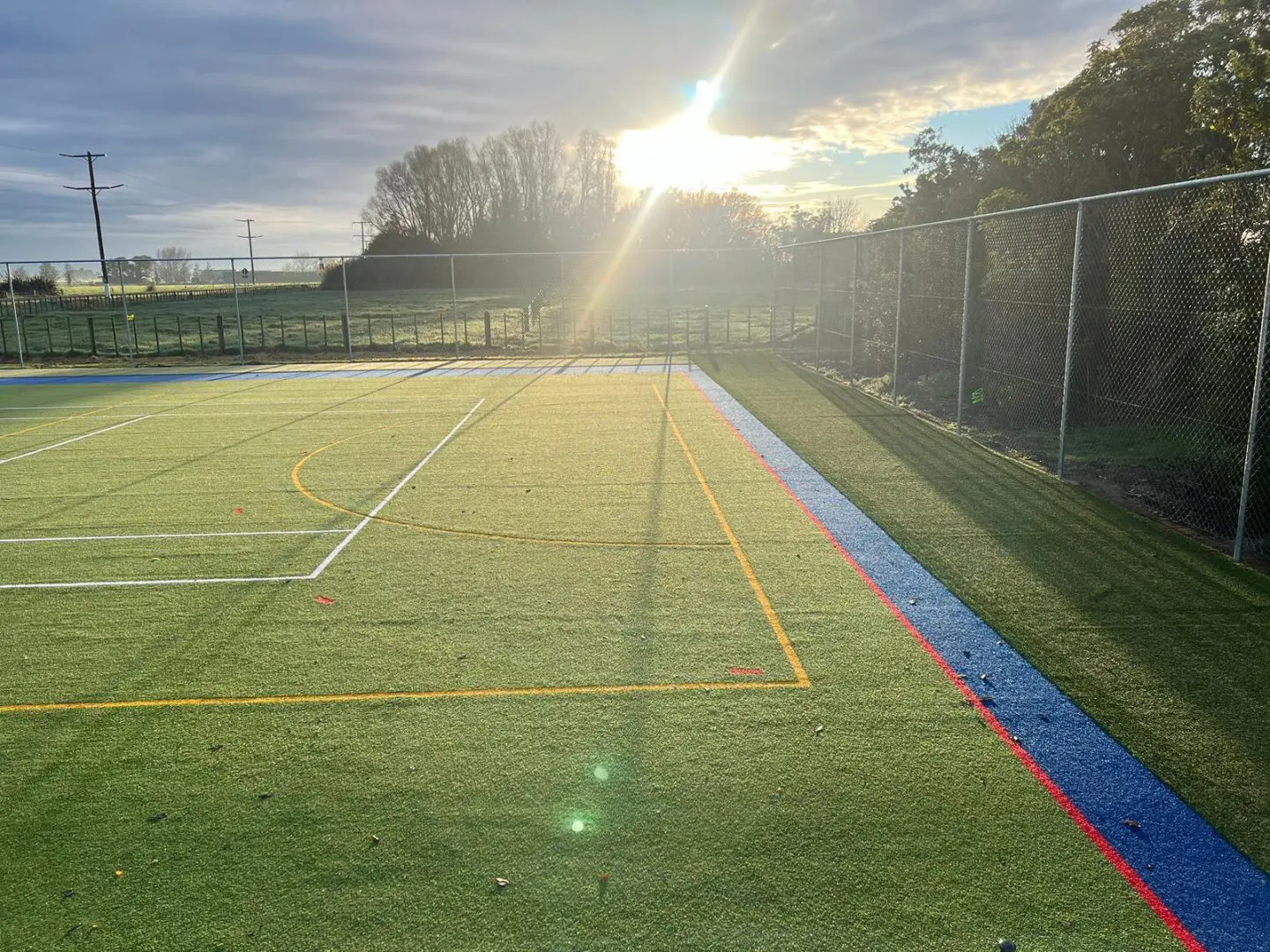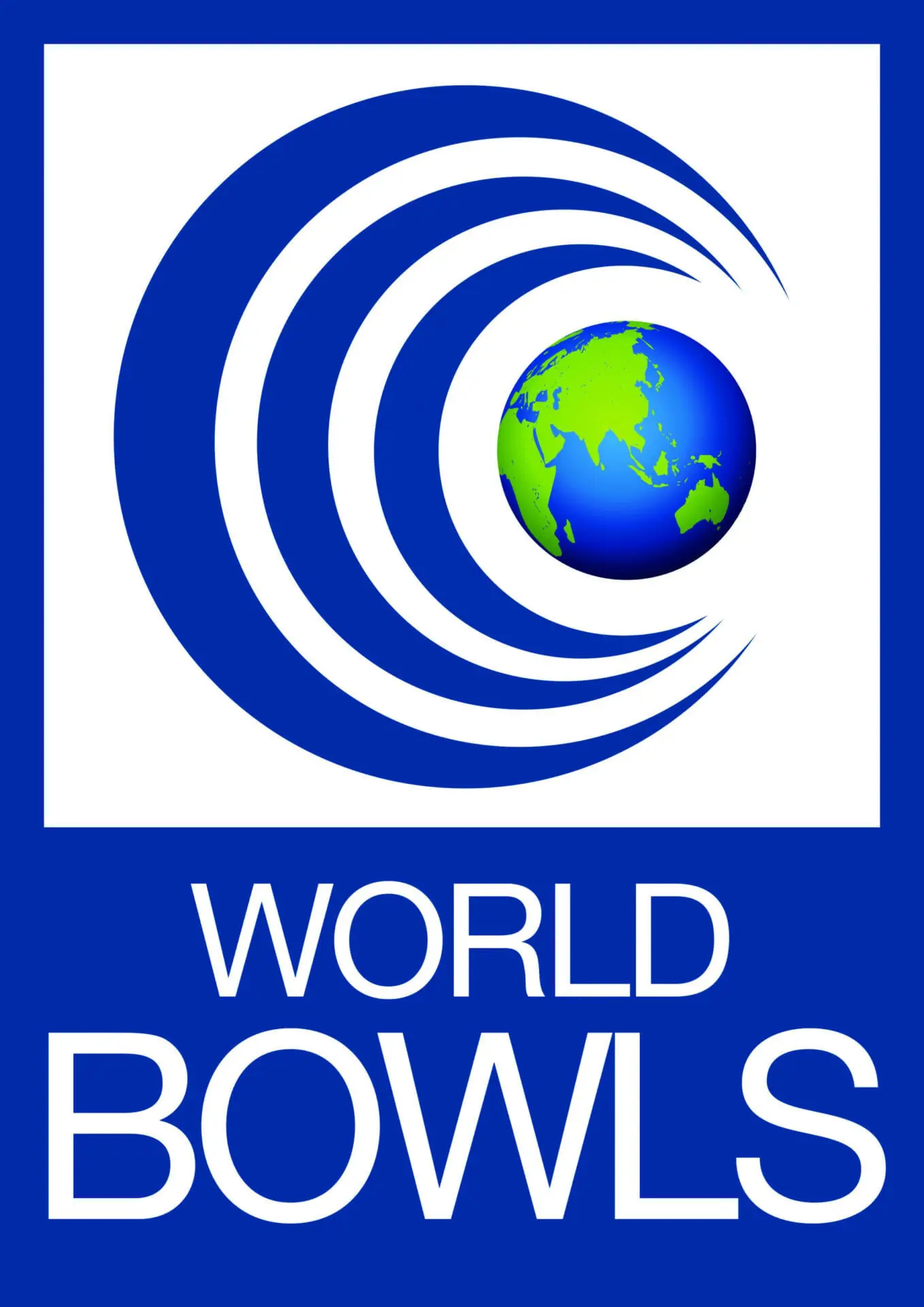
When considering artificial turf for a sports field, many organisations are focused on performance, safety, and durability—but more and more, environmental impact is becoming a key factor. How does synthetic grass stack up against natural turf when it comes to sustainability?
At TigerTurf NZ, we’re asked this question often. As turf technology evolves, so do the materials, processes, and systems behind it. This article takes a balanced look at the environmental impact of artificial grass in sporting environments—from water savings and waste reduction to end-of-life challenges and innovations in recycling.
One of the most significant environmental benefits of synthetic grass is its ability to save water.
Natural sports fields require frequent irrigation to stay green and playable, particularly in dry New Zealand summers. This is especially true for:
Artificial turf removes that need entirely. Once installed, it requires no watering to maintain appearance or performance. For facilities under pressure to reduce water usage—or dealing with regional water restrictions—this can make a measurable difference.
Maintaining natural turf at sporting standards often involves chemical inputs. Fertilisers, herbicides, and pesticides are commonly used to control weeds, boost growth, and manage pests. These chemicals can:
Artificial grass eliminates the need for these substances. This not only reduces the environmental load but also supports safer spaces for athletes and the surrounding community.
Natural grass maintenance is resource-intensive. Consider the emissions and resource use from:
Synthetic turf, on the other hand, requires minimal upkeep. Basic maintenance involves brushing, debris removal, and occasional infill top-up. No mowing, no fuel, and far fewer hours of machinery use.
Over time, this adds up to a significantly smaller carbon footprint.
Because artificial grass is designed for durability and fast drainage, fields can be used year-round—even in wet weather. This reduces the need for constructing and maintaining multiple grass fields to manage downtime and rest periods.
For councils and schools, this means:
It’s true that synthetic turf is manufactured from plastic-based fibres and backing layers. These materials, often made from polyethylene and polypropylene, do have an environmental cost at production.
However, modern turf systems are increasingly being made with:
At TigerTurf, we’re working towards increased use of sustainable components in our turf systems, as well as improving recyclability at the end of product life.
Infill—commonly used in sports turf to support fibre stability and performance—is an important part of the conversation.
Traditional rubber infill has raised questions about microplastic runoff and heat absorption. In response, the industry has introduced alternatives including:
Choosing the right infill is a big part of managing a turf system’s environmental profile.
Historically, synthetic turf has posed a challenge at end-of-life, with limited options for recycling. However, this is changing fast.
Today, some turf systems are:
TigerTurf is actively engaged in the development of recycling and repurposing solutions, aiming to reduce landfill impact and support the circular economy.
While artificial grass does have an environmental footprint, it also offers meaningful benefits—especially in water conservation, chemical reduction, and efficient land use. For sports facilities balancing performance with sustainability, synthetic turf can be part of a responsible long-term solution.
As with any surface, choosing the right turf system, installation method, and maintenance plan makes a big difference. At TigerTurf NZ, we help our clients make informed choices that consider not just today’s needs, but tomorrow’s environmental impact.
Explore our sports turf systems or contact our team to discuss environmentally-conscious turf options for your sports facility.
We’re here to help you choose better—for performance, people, and the planet.





